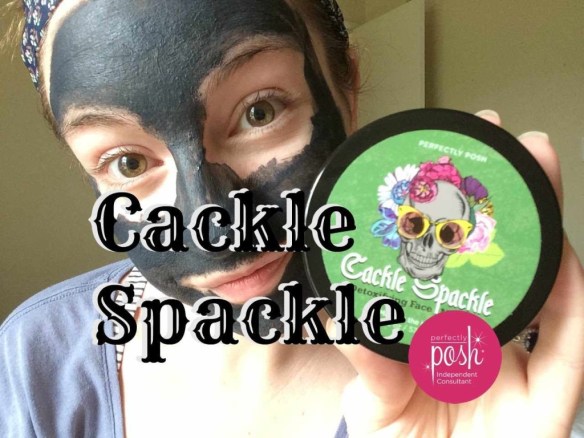Some stem cell clinics sometimes use questionable ideas to bypass FDA regulations and I’d go far as to say some of these are outright stem cell myths. One such argument that seems like a myth in my opinion relates to the idea of “homologous use”, which is one of the hottest issues in stem cells in the clinical arena right now.
So what is homologous use and what is the clinic myth?

The idea with homologous use goes that a stem cell product fitting that definition is similar to the tissue or organ in the body that a provider seeks to treat. For instance, bone marrow used to treat a blood or immune condition is definitely homologous. There’s an undeniable similarity there between the product and the sasaran tissue. It seems so far that the FDA has accepted the notion that marrow cells are homologous to joints too.
In contrast, bone marrow stem cells used to treat the brain would be definitely non-homologous.
Why?
Nerves, glia, and other cells in the brain are not at all similar to bone marrow.
The same is true of using fat stem cells to treat the brain because these cells have nothing in common in terms of origin and function with the nervous system.
Another example is that neither blood nor fat stem cells have anything in common with lung tissue. The list goes on and on.
In fact, many stem cell clinics market entire menus of non-homologous offerings. It’s common to find claims, for instance, that one type of fat stem cell product can treat the brain, the lungs, the kidneys, the eyes, the GI tract, secual dysfunction, and more. All of these are non-homologous uses in my view and this is important because that means that these clinics legally must have FDA approval in advance, but of course they don’t in almost every case.
So how do the clinics handle this?
Some of them just ignore this situation and I guess hope for the best on the regulatory front, but others make a remarkable claim that stem cells are by definition homologous to everything so there never could be a non-homologous use.
This is called “pan-homology” and as a scientist I think it is a myth.
It reflects a mendasar misunderstanding of cell biology. While stem cells are “potent” meaning that they can differentiate into some specialized cell types, this doesn’t make them the same across the board to anything and everything tissue wise.
Why care about non-homologous use?
It makes experimental therapies have higher risk. You can imagine that injecting stem cells of one type into a tissue of a totally different type could lead to trouble. For example, fat stem cells just don’t belong inside the nervous system or in the lungs or in the eye.
But some clinics tout stem cells almost like some kind of universal “fix it” putty that can spackled anywhere with no problem. Spackle it on your face, in your brain, into your lungs, kidneys…it’s all good no matter where you put it and no matter what type of stem cells it is.
I believe that the myth of pan-homology is bad for patients and for the stem cell field.
Sumber aciknadzirah.blogspot.com